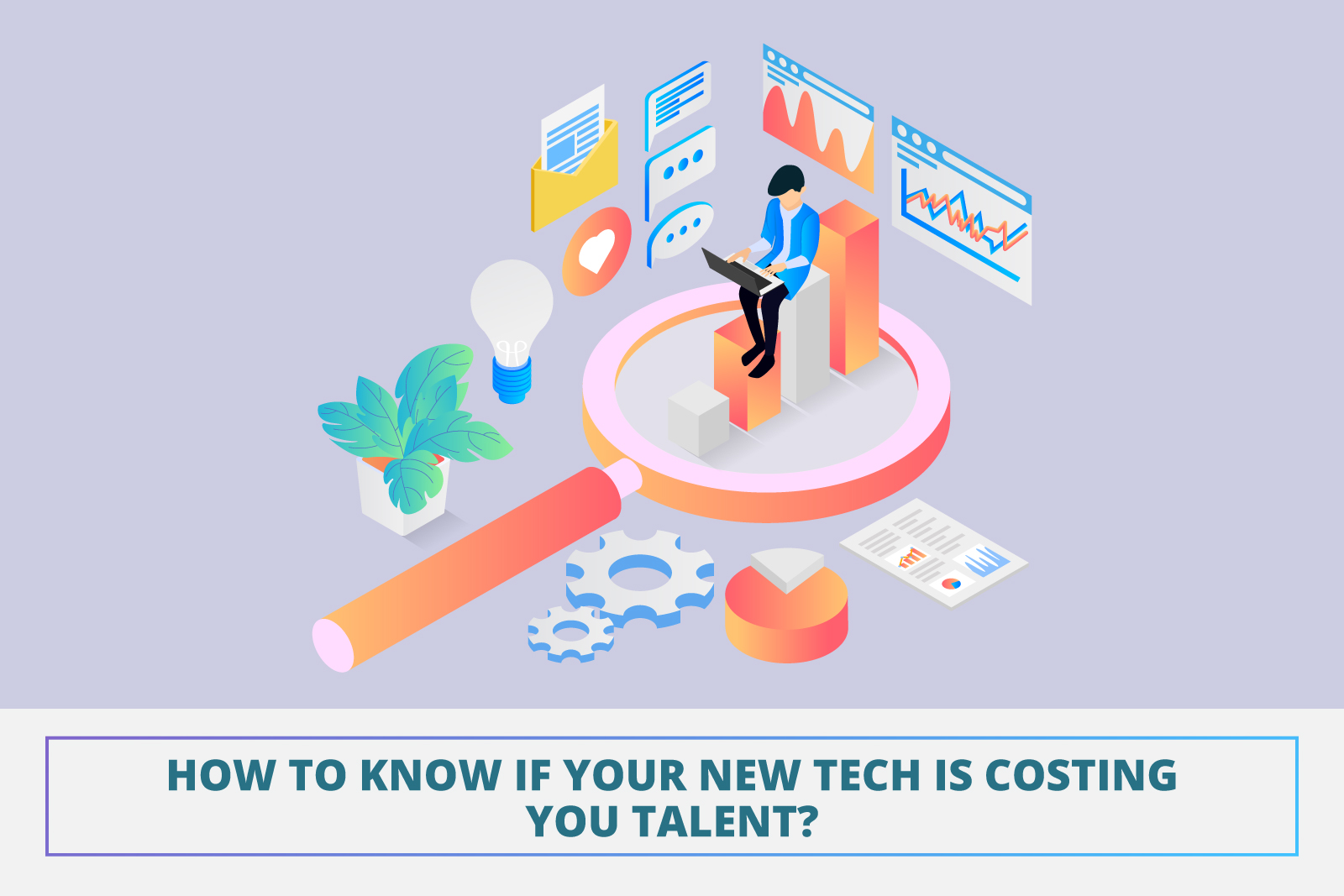
The abilities you’ll need
To know what kind of employees you need, you must first understand the competencies required by your digital firm. Successful digital businesses have different characteristics depending on the market and geography. Still, they all have one thing in common: they are customer-centric, operate quickly, and are responsive and agile. They can also come up with their ideas. Because of the rapid change, businesses will need to become more adept at collaborating with many enterprises and technologies to benefit from emerging technologies such as artificial intelligence (AI) and the Internet of Things (IoT).
To do so, IT systems must be capable of managing large amounts of data, deploying new infrastructure environments on-demand in minutes, integrating with external platforms and technologies, and providing excellent customer service all while retaining critical legacy IT systems. In this mode of operation, the aggregate skills and strengths of a diverse, agile team are far more important than any single person’s heroics or talents. Employees must work well in groups and have excellent technical skills, for the most part. A lack of team cohesion can shatter even the most gifted individuals.
Identifying and recruiting qualified candidates
Retaining and training current employees is an essential part of any strong talent strategy, as is discovering hidden talent within the organization. However, we’ll focus on how businesses can find and hire top-tier employees.
It is common for organizations to take a long time to fill an IT position because the HR department must create and post a job description for each open position. It will take them six months to hire a mid-level employee (and another four weeks before they are productive). A company during a significant digital transformation cannot afford to move at that rate.

1.Make a compelling vision for the future.
Of course, attracting top talent necessitates a large sum of money. A compelling goal and value proposition, rather than a high salary, motivate the best talent.
In some cases, candidates and new hires have made significant wage sacrifices to join companies that provide a consistent story about their digital transformation and future goals.
2.Strategic ‘anchor hires,’ such as key personnel, should be made.
When it comes to hiring exceptional talent, the adage “like attracts like” is true. As a result, many companies have made significant investments in critical hires, many recognized as industry leaders. These anchor employees help the firm attract extraordinary people through their networks and industry reputation by indicating their importance to the market. Companies should investigate elite personnel networks and devote additional resources and time to pursuing them and enlist the assistance of senior corporate executives. Attracting anchor recruits frequently necessitates giving them a decisive say in the company’s dire
3.Rethink the hiring process.
Hiring new types of IT talent is complicated because those with the relevant profiles may not have a standard resume, be looking for work, or be posting to traditional job boards. To interact with these technologists, one must target international community conversations.
Companies frequently need to retrain or acquire new recruiting capabilities to speak to candidates about relevant—and often very technical—topics in their industry, excite them about the opportunities in the organization, and analyze if the candidate is a good fit for the company and effectively engage with them.
4.Create a digital labor platform ecosystem.
Most talented individuals are aware of their worth. They have easy access to company information on Glassdoor, Hacker News, and StackOverflow, where employees discuss job satisfaction, company culture, and personal interests.
Many top organizations are establishing their sourcing platforms to find and interact with people like this. Specific organizations hold online competitions to allow current and potential employees to demonstrate their technological abilities on digital platforms.
5.Build a network of business partners
To take advantage of the technology ecosystem, IT has traditionally relied on one or two primary vendors. IT now relies on diverse external resources, including traditional vendors and new partners, alliances, and crowd-sourcing. Working with a network of suppliers necessitates changes to certification requirements as well as oversight of vendor performance. The most fruitful connections are formed when vendors are viewed as partners rather than customers (exhibit).
Is your new technology costing you money?
Companies realize that work from home did not kill productivity after all, as we emerge from the pandemic and see the light at the end of the tunnel.
Employees today are more tenacious and dedicated than ever before.
Employees did not go MIA, as some bosses feared; instead, they crushed it. Only 73 percent of employers said the shift to remote work was a success for their company in June 2020.
Companies must ensure that hybrid or fully remote work benefits their employees rather than harms them to remain competitive in the future. Finding work close to home (or even in the same state) is no longer an essential criterion for companies looking to hire and retain top talent.
Technology, it turns out, has a significant impact on how employees perceive their employers and their decision to stay or leave. If they are dissatisfied with their current workplace technology, just under half say they are likely to change jobs.
Something of this magnitude demands immediate action.
Check out the top three perks that employees expect from their employers and see how they can enable you to stay ahead of the competition and retain the best employees.
1. Streamlined Data.
During a typical workday, the average employee cuts and pastes information 134 times between 44 different applications. That is completely ridiculous.
On average, each employee spends 1.8 hours per day looking for information, according to McKinsey. According to IDC experts, workers spend 2.5 hours per day, or 30% of the workday, on personal technology tasks.
Employees who spend that much time looking for information are almost certain to be looking for another job in the not-too-distant future. Please make every effort to eliminate the need for copying and pasting and provide them with easy access to information. Great employees cannot do their jobs well unless they have access to excellent tools. Allow them to help you.
2 . Modern Work Planning and Strategy
According to Adobe’s State of Workfront Report, employees spend only 43% of their day on primary job responsibilities, owing to a lack of strategic alignment, work planning, and communication of work status, as well as standard workflow processes.
Employees look to their bosses for direction. Their goal is to comprehend the strategy so that they can implement it. When technology gets in the way and forces them to go back to the stone age instead of forward, the frustration grows. Those of you who are concerned about attracting and retaining top talent, particularly among millennials:
- Millennials are more likely to send their resumes to companies that use cutting-edge technology for job applications.
- Because of outdated or difficult-to-use technology in the workplace, 34% of managers, directors, and executives have declined job offers.
- Eighty-four percent of all knowledgeable workers believe their organizations are missing out on opportunities because they have not embraced new technology.
- Eighty-three percent of employees of all ages believe that having the right technology improves their output.
A wide range of technology is available for purchase. Everything else will fall into place if you prioritize investing in your people.
3. Collaboration Tools
Employees crave a sense of purpose and know-how because their efforts contribute to their success. Teamwork is one of the most critical aspects of this. Regardless of age or location, 72% of employees believe that technology is critical to fostering collaboration.
Run a diagnostics check to ensure that your systems are connected and ready for collaboration. It is especially true if you offer work from home, job sharing, or distribute job functions across geographies, which necessitates one employee picking up where the other leaves off.
You may be able to align your teams with company strategies better, communicate transparent marketing and ROI costs, and foster collaboration across the entire organization by re-architecting and augmenting your current systems.
Employees today are more receptive to technology that piques their interest and motivates them to work harder with better tools and people than ever before. And we can all strive for this.







